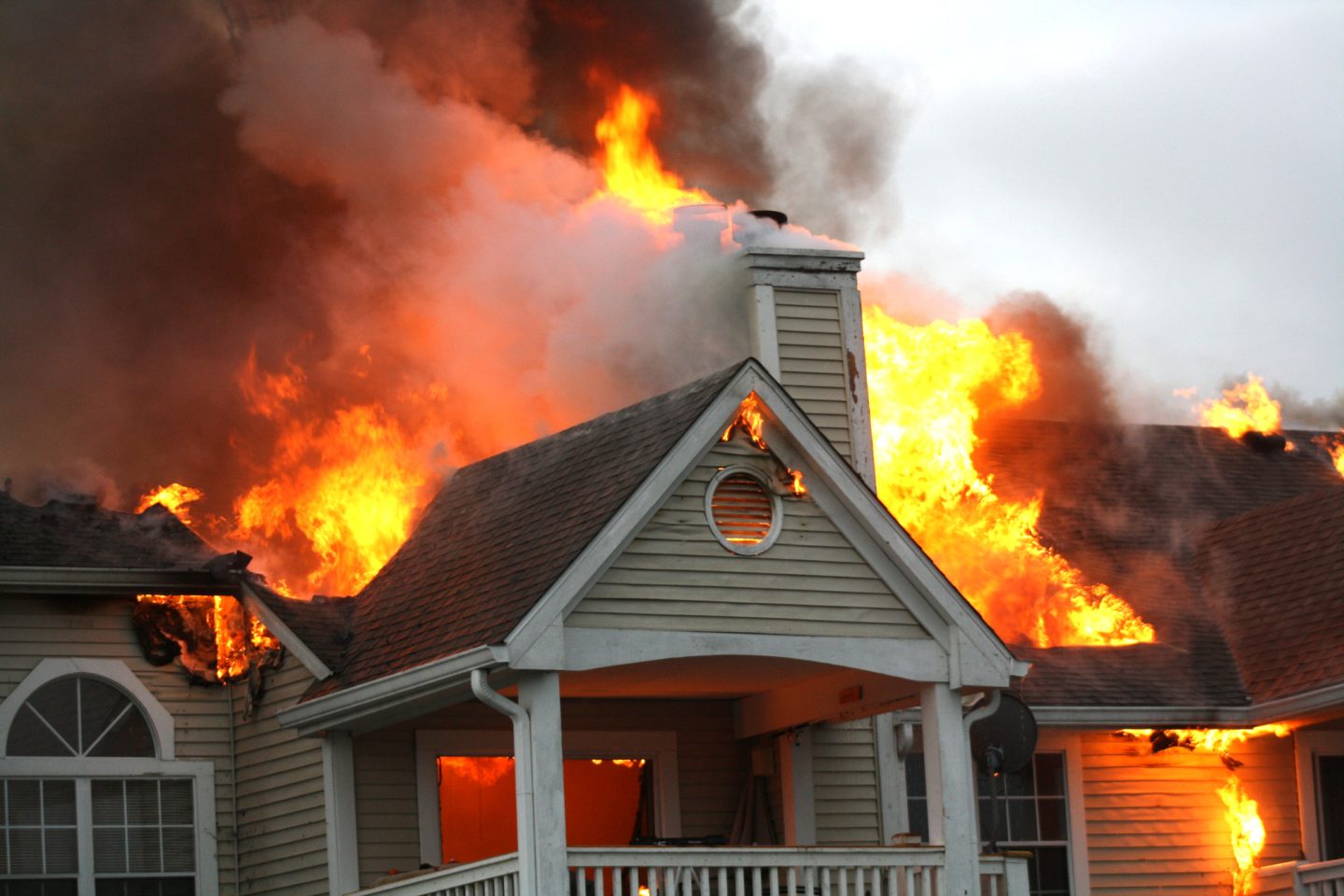– Fire & Disaster Damage Restoration Experts in the Greater Toronto Area
When a fire strikes — whether it’s from a forest fire in Northern Ontario or a house fire in Richmond Hill — the shock doesn’t end when the flames are out. For homeowners, the journey from disaster to moving back in is a complex process involving insurance negotiations, construction planning, and Ontario Building Code compliance.
This article walks you through the end-to-end restoration process, ensuring your rebuilt home is safe, compliant, and fully covered.
Step 1 – Emergency Response (0–72 hours)
Goal: Stop further damage, document everything for insurance, and stabilize the site.
-
Board-up & Roof Tarping: Prevent water damage and trespassing.
-
Incident Documentation: Take detailed photos/videos of all damage.
-
Official Reports: Request a Fire Department / Fire Marshal incident report.
-
Temporary Stabilization: Remove water, shore structural elements, prevent mold.
Ontario References:
-
Ontario Fire Code – Part 2 (Maintenance of Fire Safety Systems)
-
Insurance Act, R.S.O. 1990, c. I.8
-
IICRC S500 (Water Damage Restoration Standard)
Step 2 – Insurance Claim Strategy (1–4 weeks)
Goal: Maximize claim payout and ensure all repairs are covered.
-
Review Your Policy: Check Replacement Cost (RC) vs Actual Cash Value (ACV), bylaw upgrade coverage, and Additional Living Expenses (ALE).
-
Communicate with Adjuster: Keep all agreements in writing.
-
Proof of Loss: Submit a detailed loss inventory with current market replacement costs.
-
Scope of Work: Negotiate to include code upgrades and hidden damage repairs.
💡 Pro Tip: Consider hiring a Public Adjuster — they represent you, not the insurance company.
Step 3 – Building Assessment & Design (2–6 weeks)
Goal: Create a safe, modern, and fully code-compliant rebuild plan.
-
Structural Safety Insp
-
ection: Licensed engineer checks all beams, floors, and load-bearing elements.
-
Hazardous Material Testing: Asbestos, lead, and mold removal plans if needed.
-
Architectural Drawings: Must comply with OBC, Fire Code, and Energy Efficiency rules (SB-12).
-
Zoning Compliance: Confirm height, setback, and lot coverage under local bylaws.
Ontario References:
-
Ontario Building Code – Part 4 (Structural)
-
O. Reg. 278/05 (Asbestos)
-
Local Zoning By-laws (e.g., Richmond Hill / York Region)
Step 4 – Construction & Compliance (3–12 months)
Goal: Rebuild to meet current safety and building standards.
-
Demolition & Debris Removal: Safe disposal of hazardous materials.
-
Disaster Remediation: Remove smoke odor, clean soot, treat affected materials.
-
Reconstruction: Install fire-rated assemblies, upgrade electrical and plumbing systems.
-
Municipal Inspections: Pass multiple inspections for foundation, framing, electrical, plumbing, insulation, and final occupancy.
Ontario References:
-
OBC Fire Resistance Requirements
-
IICRC S700 (Fire Damage Restoration)
-
Ontario Regulation 490/09 (Hazardous Materials)
Step 5 – Handover & Insurance Update (Post-completion)
Goal: Make the home habitable and ensure your new property is fully protected.
-
Occupancy Permit: Required before you move in.
-
Project Records: Keep all inspection reports, engineer certificates, and contractor warranties.
-
Insurance Update: Adjust your policy to reflect the new rebuild cost.
-
Fire Safety Upgrades: Add sprinklers, modern alarms — may reduce your premium.
Full Restoration Timeline – At a Glance
| Stage | Timeframe | Core Tasks |
|---|---|---|
| Emergency Response | 0–72 hours | Site security, water prevention, documentation |
| Insurance Claim | 1–4 weeks | Policy review, claim strategy, Proof of Loss |
| Assessment & Design | 2–6 weeks | Structural checks, design plans, zoning compliance |
| Construction | 3–12 months | Demolition, rebuild, inspections |
| Handover | Post-completion | Occupancy permit, insurance updates |
Final Recommendations
-
Separate Your Teams: Use different professionals for insurance negotiation and actual reconstruction.
-
Budget for Upgrades: Allocate 10–20% contingency for hidden damage or mandatory code changes.
-
Leverage Bylaw Coverage: This is your chance to rebuild stronger, safer, and smarter.
-
Document Everything: A paper trail speeds claims and protects you in disputes.
✅ Whether you’re in Toronto, Richmond Hill, or surrounding GTA, a fire restoration project is a marathon, not a sprint. By following this integrated insurance + construction + compliance approach, you can turn a devastating loss into an opportunity for a better, safer home.
Stay Protected, Stay Prepared
If you want expert guidance on restoration, renovation and Ontario building compliance, call us by info.niko@yixinconstruction.ca for more insights, real case studies, and homeowner resources.





